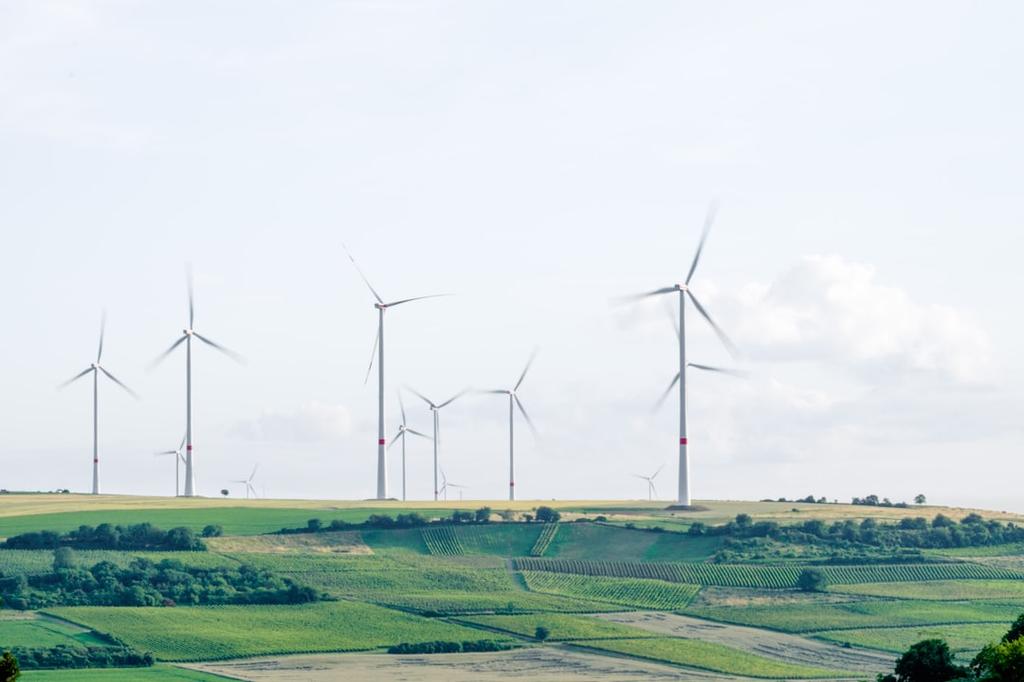As the UK braces for its first Labour-led Autumn Budget in over a decade, the energy sector is buzzing with anticipation. Chancellor Rachel Reeves is set to unveil measures that could significantly reshape the landscape for renewable energy. Since assuming office in July, the Labour government has hinted at a more progressive tax regime aimed at bolstering the green economy. The recent hike in the Energy Profits Levy (EPL) from 35% to 38% exemplifies this shift, bringing the total tax rate on upstream oil and gas operations to a staggering 78%. This move signals a commitment to redirecting profits from fossil fuel companies toward renewable initiatives.
The removal of the 29% investment allowance, effective November 1, is a contentious point, but the retention of an 80% decarbonisation investment allowance provides a glimmer of hope for clean energy developers. Industry voices, particularly from Solar Energy UK, are urging the government to tweak the Electricity Generators’ Levy (EGL) to further benefit renewable generators. The EGL currently imposes a hefty 45% tax on revenues exceeding £75/MWh, which could stifle growth if not carefully managed. Including provisions for decarbonisation investment could encourage earlier market entrants to thrive, while some stakeholders advocate for a complete exemption for renewable generators.
Fuel duty is another hot topic. Rumors suggest that the government may finally lift the long-standing freeze on fuel duty, aligning petrol prices with the push for electric vehicles (EVs). This shift is crucial; Carbon Brief’s analysis indicates that keeping fuel duty frozen since 2010 could have led to a 7% increase in UK emissions. The Association for Renewable Energy and Clean Technology (REA) has welcomed the potential change, emphasizing the need for a robust duty differential to incentivize low-emission fuels.
On the ground, the automotive sector is gearing up for a transition to EVs, eager to solidify its position as a leading exporter. Mike Hayes, CEO of the Society of Motor Manufacturers and Traders, insists that the upcoming budget must create an environment conducive to investment and growth in electric vehicles. The Labour government’s commitment to a Green Prosperity Plan, which includes an additional £5 billion investment annually, underscores the urgency of this transition.
However, while the focus on infrastructure and green energy is paramount, the budget must also address the pressing issue of domestic energy debt, which has skyrocketed to over £3.7 billion. Households are still grappling with the aftershocks of the 2022 energy crisis, and the government’s approach to alleviating this burden will be closely scrutinized. The Energy Crisis Commission has highlighted the UK’s vulnerability due to its reliance on gas, a situation that demands immediate action.
As Labour plans to scrap the winter fuel allowance, the push for electrification of domestic heating is gaining momentum. The Energy Savings Trust’s Mike Thornton emphasizes the need for clarity around ongoing support for low-carbon heating solutions. Retrofits, particularly for homes, must be streamlined to ensure homeowners can transition effectively without breaking the bank.
Moreover, the promise of a “rooftop revolution” hinges on the government’s ability to make solar energy accessible and affordable. Matt Coates from Effective Home stresses that a comprehensive approach to energy efficiency retrofitting is essential for maximizing benefits. This means assessing and upgrading all facets of a home’s energy performance in tandem—a strategy that could prevent costly oversights and enhance overall efficiency.
Finally, the call for innovation investment cannot be overstated. Guy Newey, CEO of the Energy Systems Catapult, warns that scaling back on innovation funding would be a grave error. The path to net zero by 2050 is fraught with challenges, but it’s one that requires unwavering commitment from the government to support energy innovators at all levels.
As the Autumn Budget unfolds, the energy sector stands at a pivotal crossroads. The decisions made now will ripple through the industry, shaping the future of renewable energy in the UK. The stakes are high, and the potential for transformative change is palpable.




